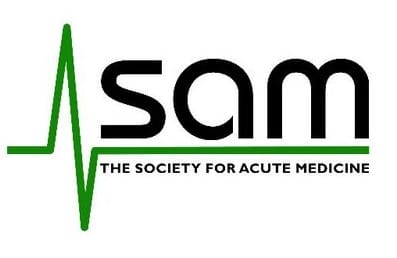The latest NHS performance data (see individual sections), released today (08 June), shows among other things:
* 74.% of patients were seen within four hours in all A&E departments in May compared to 74.6% in April 2023 and 72.8% in May 2022. The 95% standard was last met in July 2015.
* 60.4% of patients were seen within four hours in type 1 A&E departments compared to 60.9% in April 2023 and 60.1% in May 2022.
* There were 122,000 four-hour delays from decision to admit to admission in May. Of these, 31,500 were delayed over 12 hours (from decision to admit to admission), which compares to 19,700 in May 2022.
* The number of referral to treatment (RTT) patients waiting to start treatment at the end of April 2023 was 7.4 million.
* The total number of patients waiting six weeks or more from referral for one of the 15 key diagnostic tests at the end of April 2023 was 430,800. This was 27.6% of the total number of patients waiting at the end of the month against the operational standard of less than 1% of patients waiting six weeks or more.
Dr Tim Cooksley, president of the Society for Acute Medicine, said: “This latest data shows an NHS that is under immense strain and struggling amid a continuous – not seasonal – crisis, exemplified by urgent and emergency care.
“The level of ‘corridor care’ persisting into May reflects that it is now perceived as routine practice but it is unacceptable. It is not safe, it is degrading for patients and it is demoralising for staff.
“Twelve hour wait data is alarming for this time of the year, with far too many patients, especially older people, waiting too long in emergency departments for beds on acute medical units, trauma units and acute surgical units.
“Meanwhile, long waiting lists often result in patients attending urgent care when they no longer feel able to manage their symptoms and this will be catastrophic come the winter when it will cause utter chaos.
“Despite the consistent and stark warning signs, we are behind on the current NHS England urgent and emergency care recovery plan – which it is essential the government prioritises – and still await the NHS workforce plan.
“These are pivotal documents and are almost unquestionably the most important since the inception of the NHS given the current crisis in all its parts: each of whom have shortages in workforce and capacity at their heart.
“Through the enormous efforts of staff and consideration of patients, many still receive good care. However, this should not be used as a smokescreen for the turmoil beneath and it is no long-term solution.
“Yet despite the overwhelming prospect of more trouble ahead with a winter as severe as 2022, there remains insufficient focus and commitment to avert this and the window of opportunity is narrowing even further.
“Clinical staff and patients are energised to change to achieve this: government must follow suit.”
